Prokineticin-2 prevents neuronal cell deaths in a model of traumatic brain injury
- PMID: 34244497
- PMCID: PMC8270965
- DOI: 10.1038/s41467-021-24469-y
Prokineticin-2 prevents neuronal cell deaths in a model of traumatic brain injury
Abstract
Prokineticin-2 (Prok2) is an important secreted protein likely involved in the pathogenesis of several acute and chronic neurological diseases through currently unidentified regulatory mechanisms. The initial mechanical injury of neurons by traumatic brain injury triggers multiple secondary responses including various cell death programs. One of these is ferroptosis, which is associated with dysregulation of iron and thiols and culminates in fatal lipid peroxidation. Here, we explore the regulatory role of Prok2 in neuronal ferroptosis in vitro and in vivo. We show that Prok2 prevents neuronal cell death by suppressing the biosynthesis of lipid peroxidation substrates, arachidonic acid-phospholipids, via accelerated F-box only protein 10 (Fbxo10)-driven ubiquitination, degradation of long-chain-fatty-acid-CoA ligase 4 (Acsl4), and inhibition of lipid peroxidation. Mice injected with adeno-associated virus-Prok2 before controlled cortical impact injury show reduced neuronal degeneration and improved motor and cognitive functions, which could be inhibited by Fbxo10 knockdown. Our study shows that Prok2 mediates neuronal cell deaths in traumatic brain injury via ferroptosis.
© 2021. The Author(s).
Conflict of interest statement
The authors declare no competing interests.
Figures


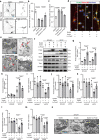
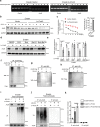
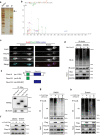
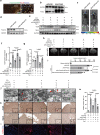

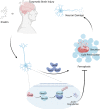
References
Publication types
MeSH terms
Substances
LinkOut - more resources
Full Text Sources
Medical

